The iQOO Neo7 Pro has just been launched in the Indian market, and carries a starting price of Rs 34,999. Performance has been a key aspect of iQOO’s philosophy and the Neo series embodies the same at slightly more affordable price points. You might remember the iQOO Neo7 (review), launched earlier this year, and after a thorough review, I deemed it to be the fastest phone in its segment. Something similar can also be said for the Pro model which, on paper, has some specs that are geared towards processing prowess and mobile gaming. What else does the Neo7 Pro have in store? This review should make it clear if the handset is worthy of your consideration.
Verdict
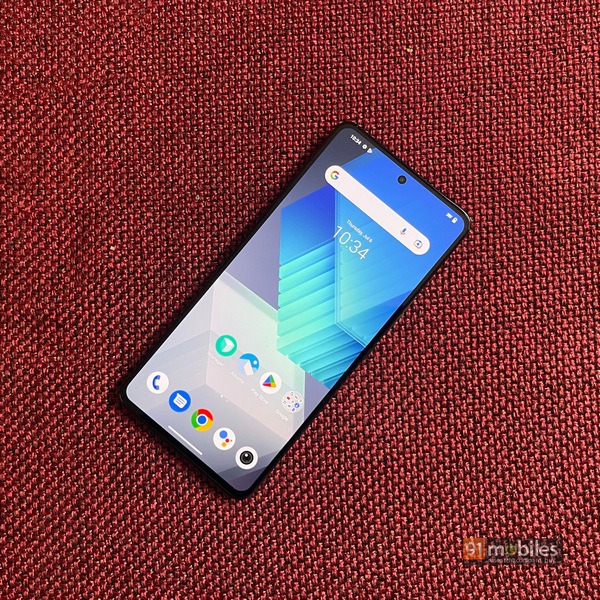
The iQOO Neo7 Pro appears to be an impressive contender for consumers looking for a high-performance smartphone focused on gaming. On top of that it offers an impressive display, decent camera capabilities, and super fast charging. However, users should also consider the handset’s slightly thicker form factor and the potential bloatware concerns associated with the software.
Design and display
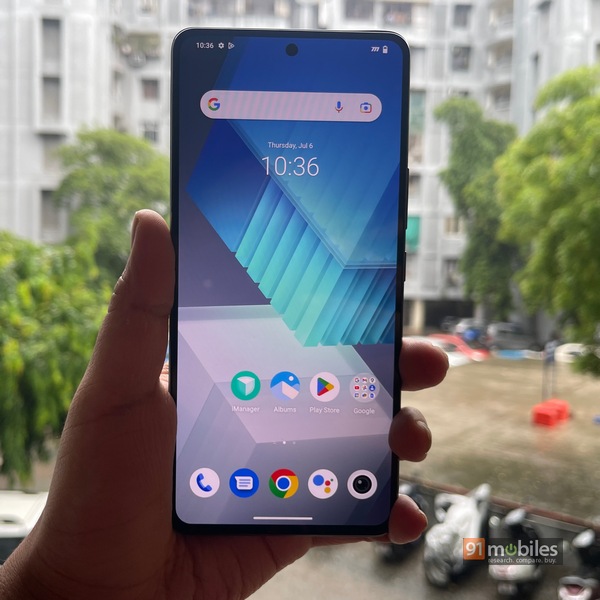
Not much has changed on the design front when compared to the Neo7. The body is made from a polycarbonate material with the edges on the back panel sloping on either side. iQOO’s branding is visible on the bottom although the deep blue shade on my Dark Storm colour variant slightly masks it. Everything from the triple-camera setup, in the square-like enclosure, to the USB Type-C port, speaker grille, and dual-SIM slot at the bottom along with the volume rocker and power button on the sides, are exactly like the non-pro version of the device. Matter of fact, except for the colour, the two devices are completely identical. That is mostly a good thing as the Neo7 Pro also inherits the robust and sturdy exterior that allows for durable usage. The phone tips the scales at 200g and is a bit thicker than I would like at 8.50mm.
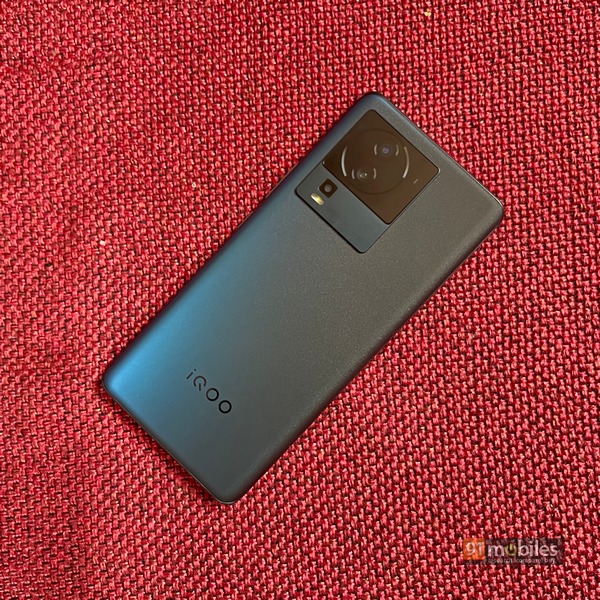
Apart from that the Neo7 Pro also has the same AMOLED display that had been vital to its predecessor’s viewing experience. There is a 6.78-inch AMOLED screen with 120Hz refresh rate and FHD+ resolution. Content displayed on the screen is packed with just the right amount of goodies to amplify visual cues on a variety of HDR-supported movies. Netflix certifies the device for HDR10+ on its platform, which works as well as it did with the Neo7. The touch sampling rate remains optimum at 300Hz and the refresh rate can dynamically shift between 60Hz and 120Hz. Finally, brightness levels are also said to be up to 1,300nits which makes the handset legible under the harshest of sunlight.
Cameras
As compared to the regular Neo7, some improvements on the Pro version have come in the form of image processing capabilities. This time around the phone has swapped the 64MP ISOCELL GW3 sensor with a better 50MP GN5 shooter. Also, the more utility-focused 8MP ultra-wide sensor has also seen an addition instead of the 2MP bokeh sensor on the Neo7. The 2MP macro shooter remains the same and the selfie camera is upgraded to take 16MP shots. Talking about the primary sensor’s snaps in daylight, I was impressed with the results for the most part. The phone has the tendency to brighten up shadows a tad bit more than I would have liked, but the overall exposure levels are quite metered. The final colours outputted are more-or-less in line with what the viewfinder displays. Dynamic range is good enough as are the focusing capabilities.
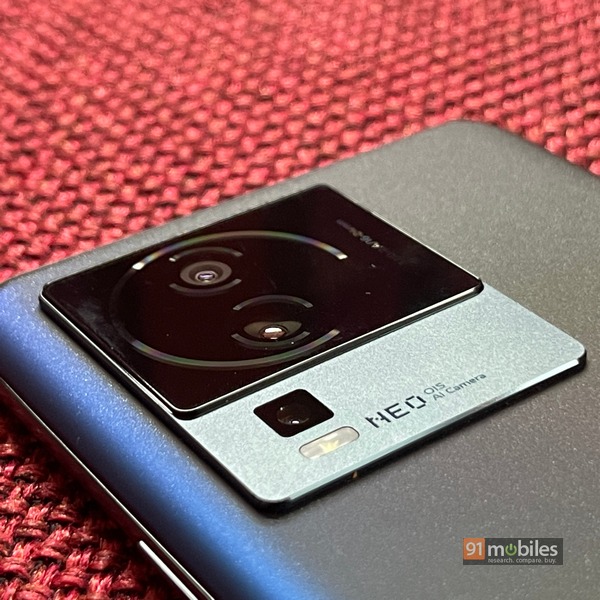
Now the ultra-wide shooter is your typical sensor with a reasonably wide FoV, but doesn’t offer too much in the way of detail levels or maintaining accurate colour temperatures. The macro capabilities are also not the best on the device and fall apart in less-than-ideal lighting. However, I did find the portrait mode pretty good with its natural bokeh and edge detection. Matter of fact, the phone can also do pretty good bokeh videos as well and the real-time adjustments in background blur are quite impressive, to say the least. Finally, there are a few other features to note including a Sports mode, Supermoon, and more.
The phone’s low-light capabilities are also quite satisfactory, in that the primary sensor accomplishes its job of grabbing the maximum amount of details. Highlights around subjects are not well defined but at least the image is not highly overprocessed to remove noise levels. Apart from that the phone gets the benefit of an optimised Night Mode which works as advertised to amplify shots with very little light. Finally, the phone’s selfie snaps are rich in facial features and match the skin tones.
Performance, gaming, and software
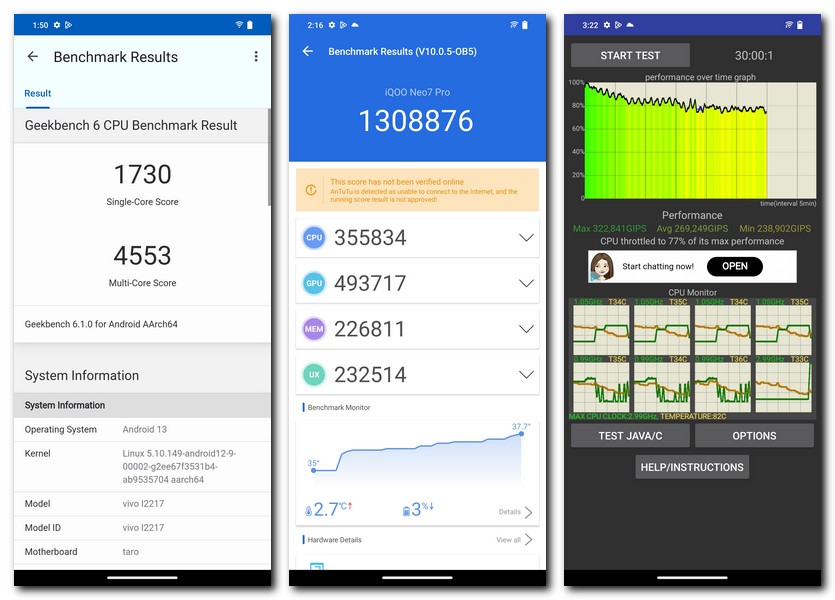
As mentioned before, last year’s flagship silicon, Qualcomm’s Snapdragon 8+ Gen 1, finds its way on the iQOO Neo7 Pro. There is hardly anything left to say about the performance metrics of the chipset as it has been covered on several phones from last year and at least one from this year. The phone benchmarks extremely well on Antutu with a score of 1,308,876 and a multi-core result of 4,553 on Geekbench 6. Needless to say, these figures will be hard to top off in the under Rs 40,000 segment. Regular tasks are buttery smooth across the phone’s interface, aided by the omnipresent 120Hz refresh rate. The iQOO Neo7 Pro also performs exquisitely under sustained load, keeping up to 77 percent of its peak performance on the CPU Throttle benchmark. You also get up to 12GB of fast LPDDR5 RAM that uses extended virtual swap with the 256GB UFS 3.1 internal storage to increase the memory capacity by an extra 8GB.
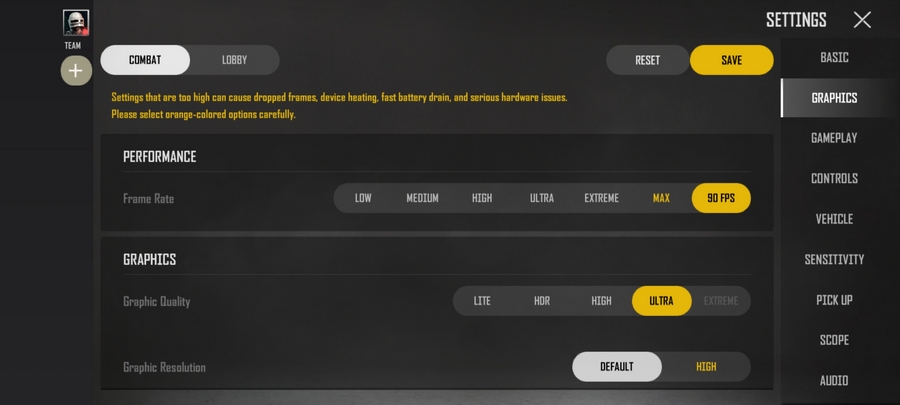
Gaming has taken centre stage yet again with the iQOO Neo7 Pro utilising a dedicated gaming chip that works in tandem with the Snapdragon 8+ Gen 1 to smoothen the gaming experience. It is responsible for two things, i.e., frame rate interpolation which basically adds additional frames (kind of like DLSS 3) to increase the fps count and to improve the colour profile. The feature works on PUBG New State and while I did manage to get a constant 90fps on the title at Ultra graphics, the fabled 120fps mark remained unachieved. Also, I felt that the 4,013mm² VC for cooling played its part in keeping the thermals down for sustained frame rate.
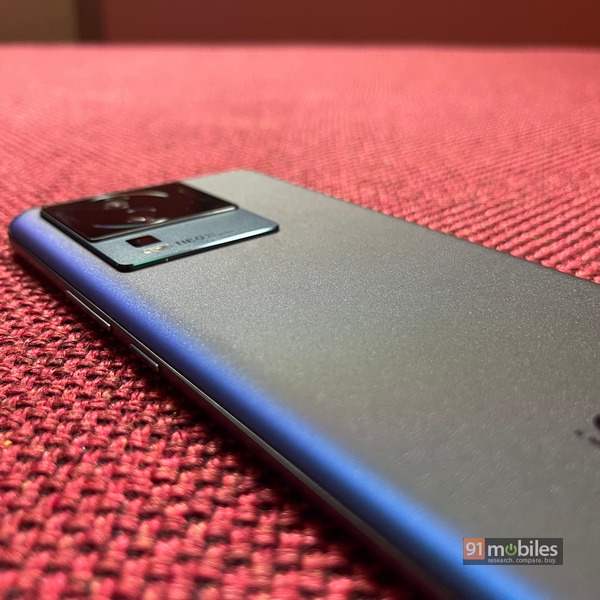
In terms of authentication, the Neo 7 Pro has an optical fingerprint sensor that has snappy recognition. I also like the output of the phone’s dual-speaker setup which is an integral part of the media and gaming experience. Of course, the phone also has support for 5G and its functionality is apt when used on Jio’s Noida circle. Software-wise the phone has Vivo’s FunTouchOS 13 running on top of Android 13. The skin has its benefits, especially with the customizability, but falls prey to bloatware issues.
Battery
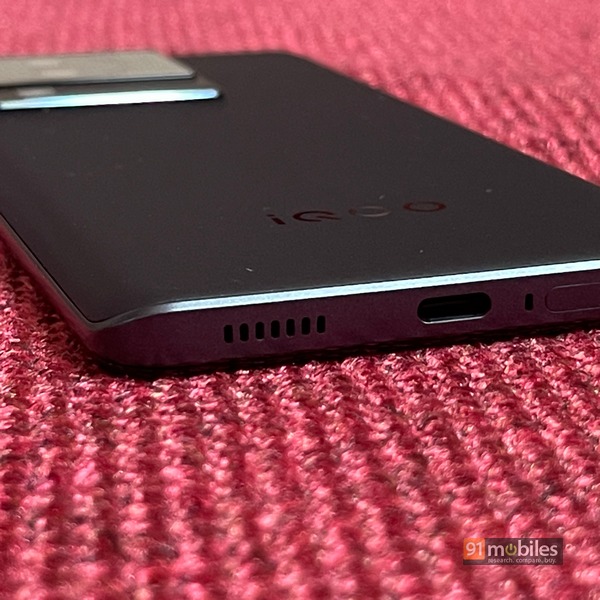
The phone has a 5,000mAh battery which has an incredibly fast 120W charging solution. In fact, it is so fast that half the battery can juice up in less than 10 minutes. The rest takes about 20 minutes, which gives you a total of slightly less than 30 minutes for a full charge, an important feature for users who like to top-up their phone just before leaving for work. In terms of the battery life itself, the phone can last very easily for the whole day but that time can reduce based on the amount of heavy graphical usage you inflict on the device.
Final verdict
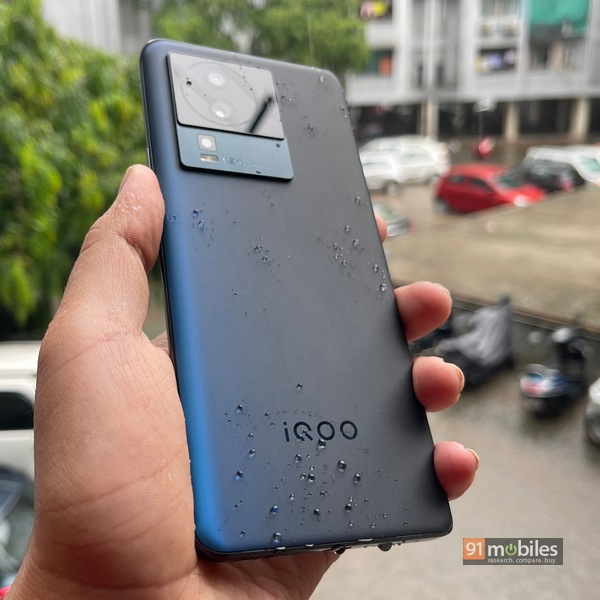
The iQOO Neo7 Pro is a performance-oriented handset with optimised gaming capabilities. The robust design is a big plus from a durability standpoint while the 6.78-inch AMOLED display with 120Hz refresh rate, and HDR support make it a great visual aid. Apart from that, the Neo7 Pro’s camera setup can also satisfy potential consumers. However, the phone is anything but light and compared to some other devices in the price range, it may sport a slightly bland look. It also doesn’t help that the interface has a ton of pre-installed apps that can dampen the user experience. If these things matter little to you then I feel that mobile gaming enthusiasts can find easy refuge in the Neo7 Pro’s capabilities.
Editor’s rating: 4 / 5
Pros
- Solid performance
- Good primary camera
- Capable display
- Superfast 120W charging
Cons
- Bloatware
- Bland design
The post iQOO Neo7 Pro 5G review: for mobile gaming purists first appeared on 91mobiles.com.
0 Comments